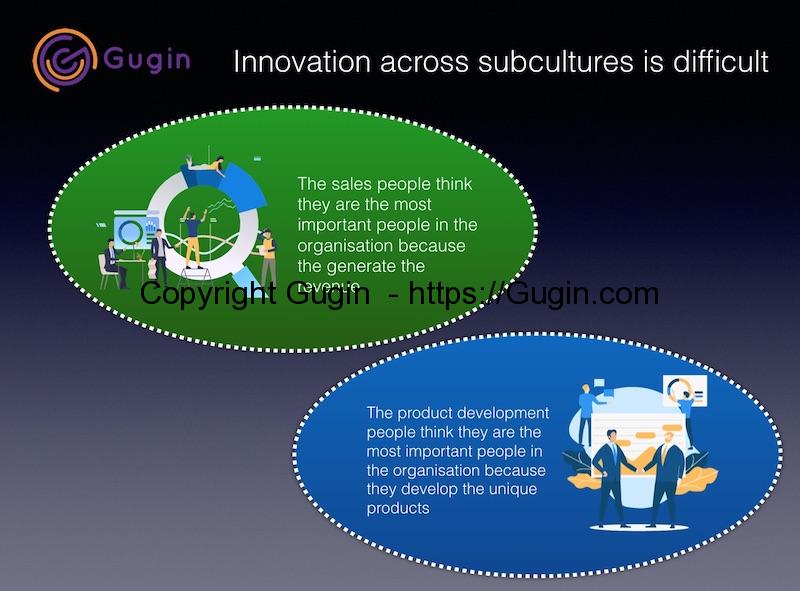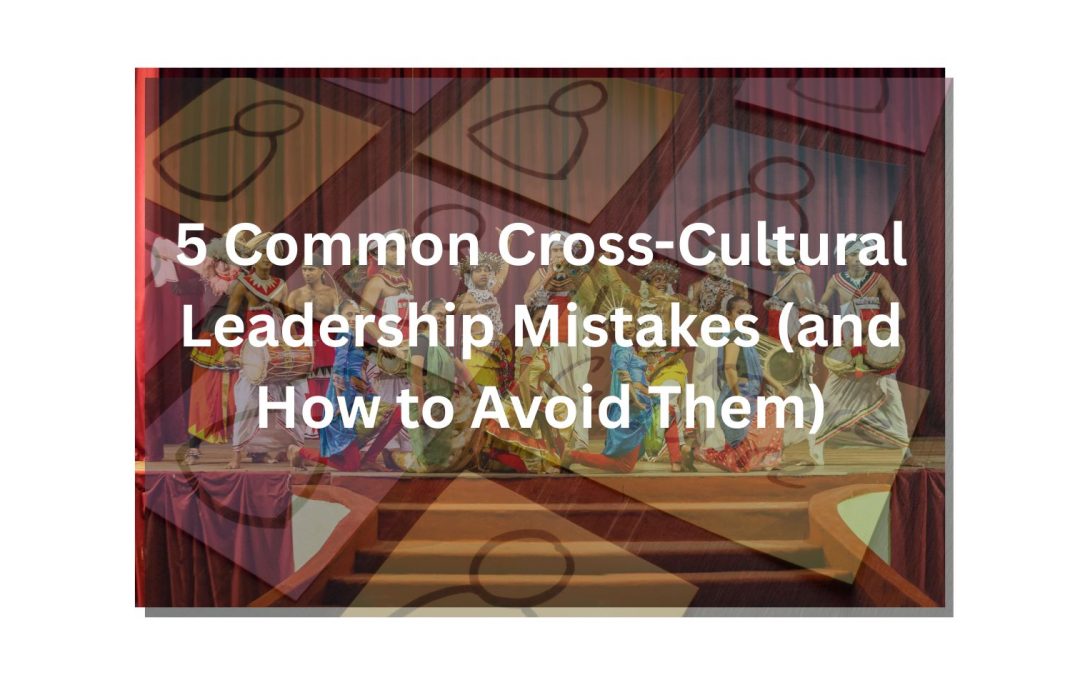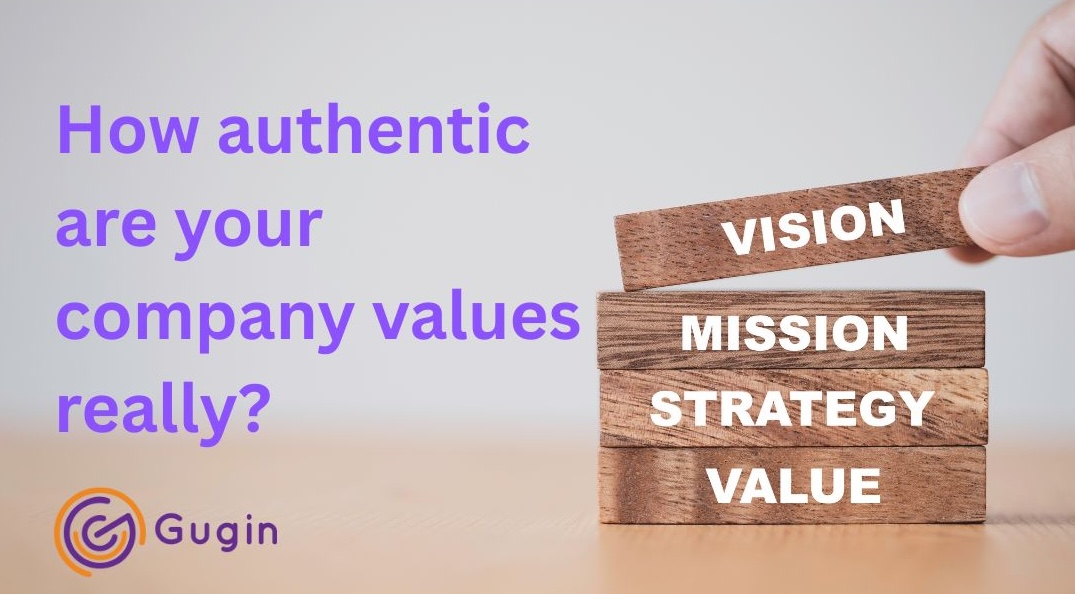In most surveys covering strategic priorities, innovation usually comes in among the top three priorities. Yet, most innovation projects fail to succeed. In this article, I will explain why that is and what we can do to make innovation more successful.

Why is innovation crucial for an organisation’s long-term survival?
There is an American saying that goes: “If it ain’t broken, don’t fix it“. The idea is that we should only spend resources on things that don’t work. In today’s world, that is a very dangerous strategy to pursue. How do you remain relevant for your customers in a world where your product or services can be copied in no time? Innovation will be an obvious answer and that is why organisations are forced to innovate despite the risks. And therefore, most companies are spending a lot of resources on developing their products and services in fierce competition with their closest competitors.
It is a constant, risky and expensive race for staying ahead of the game. It is also a necessary game to participate in if you want to survive. Unfortunately, a lot of organisations don’t have the culture that enables them to innovate in a way that makes it difficult for competition to catch up.
But it can be learned, and that is what Gugin teaches companies to do. We combine our cultural intelligence expertise with state of the art innovation training. This way we develop teams and managers who can facilitate and lead innovation projects across the organisation’s value chain.
Innovate along your entire value chain instead of focusing only on the product or service
What is the point in having a state of the art product if your brand is bad or the service around your product is poor? Or if your product is great but it takes forever getting to the customers?
There are 10 areas where you can innovate + the glue the ties everything together, namely your corporate culture
The 10 areas where you can innovate along your value chain
Below are 10 areas you can innovate on to create a competitive advantage and leverage over your competitors
- The profit model – How do you make money?
- How do you connect with others to create value for your customers?
- How do you organise your talents and assets?
- What are your core competences and methods?
- What are the unique features and functionality of your product or service?
- Which addidional products can you develop around your core product or service?
- Which services can you develop to increase the value of your product?
- How do you sell and distribute your product?
- What is your brand value?
- How do you engage with customers through out the lifecycle of the relationship?
For an innovation project to make a significant difference, it should contain at least 3 of the 1o elements mentioned above. The more elements you include the more you gain and the more difficult it is for your competitors to copy. Just look at Amazon. No matter what you think of the company you must admit that they have been good at disrupting and innovating along their entire value chain. and even beyond it.
As innovating across different parts of the value chain might seem like the obvious thing to do it is also very difficult.
It is difficult because you have to innovate across different subcultures within the same company. Think about your own company. How good are you at communicating and developing ideas between product development, sales, IT, HR and legal departments? Chances are that you are not that good. Often, the reality is that internal positioning is more important than winning new customers or create something unique.

So if you want to become successful at innovating across your value chain you need to have a high level of cultural intelligence in your organisation, that enables you to successfully create bridges between the different subcultures within your company. A common, high level of cultural intelligence is crucial for so many activities in the organisation, not just innovation. That is why we usually start an engagement with an assessment of the current level of cultural intelligence. When assessed we train the organisation so that everybody is on the same level and with a common understanding of what cultural intelligence is and how to use it in daily life, independently of where you are in the organisation.
When that is in place we can start teaching how to innovate successfully by leveraging cultural diversity.
You innovation initiatives will on become successful if you can innovate across cultural boundaries
You cannot innovate across different subcultures within your organisation if you don’t know how to bridge between the different subcultures within your organisation.
Gugin can help you develop these necessary skills and our innovation workshops integrate cultural intelligence training and innovation training.
Learn more about the workshop here. It is delivdered anywhere in the world and we customise it your needs. We also have dedicated training programs for aviation and healthcare. Learn more about innovation in the healthcare sectur here.

Dr Finn Majlergaard
CEO Gugin, Professor, Keynote Speaker, Author
- We align your corporate culture with your strategy.
- We take you safely through major changes in your organisation.
- We develop the crucial cultural intelligence in your organisation by training your employees and leaders
- We help you develop a competitive advantage with a unique corporate culture
Gugin has helped more than 600 companies around the world creating a winning corporate culture.

Why Fighting Climate Change has to be embedded in Corporate Cultures
Fighting climate change has to be embedded in the corporate cultures for a number of reasons. Learn why and how you change the corporate culture

How to successfully screw up a business meeting
It happens all the time - we screw up a business meeting. We have an important business meeting coming up (first meeting with mother-in-law included) and we need it go well. We are well-prepared. We know all the numbers forward and backwards, we have our sales pitches...

5 Common Cross-Cultural Leadership Mistakes (and How to Avoid Them)
Learn the top 5 mistakes leaders make when managing multicultural teams — and how to avoid them. Expert advice from Gugin’s cross-cultural leadership specialists.

Are the value statements on your corporate website real?
Sure! Here’s a more engaging, conversational, and personal version of your article, while keeping the original message and credibility intact: Why Your Company’s Values Aren’t What You Think They Are Let’s be honest—we’ve all been there. Sitting through yet another...

I just say things as they are…
I just say things as they are – is a phrase we often hear. It reveals that the person saying it has very low cultural and emotional intelligence
